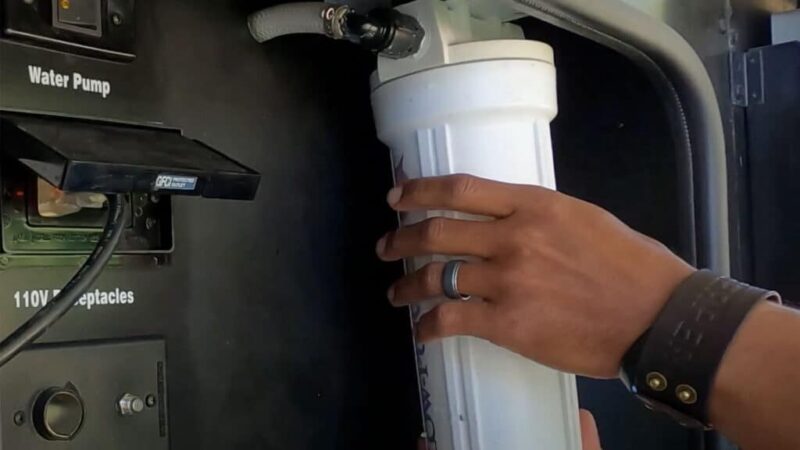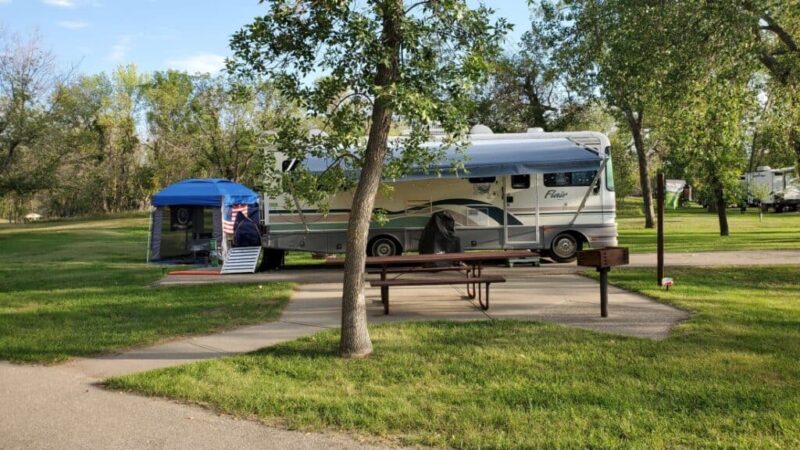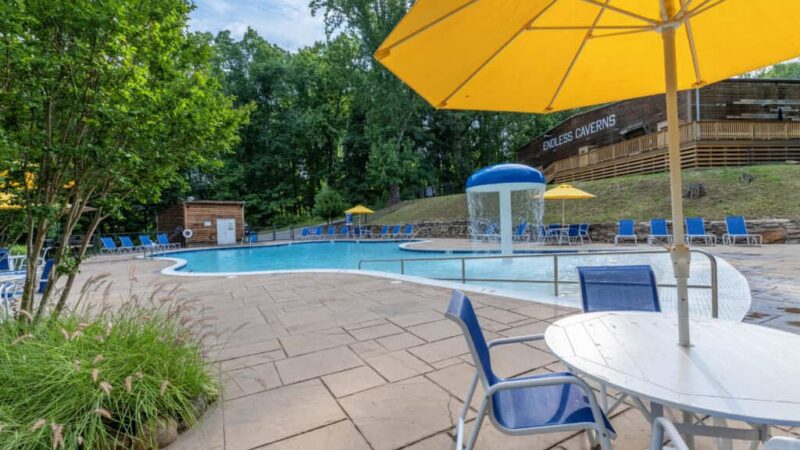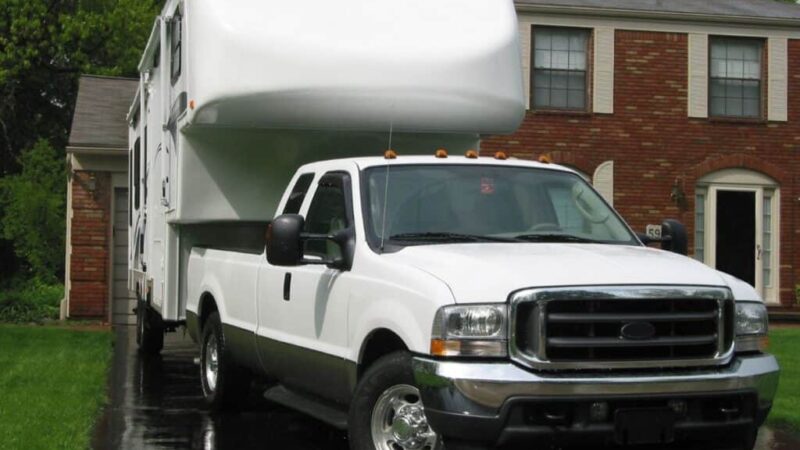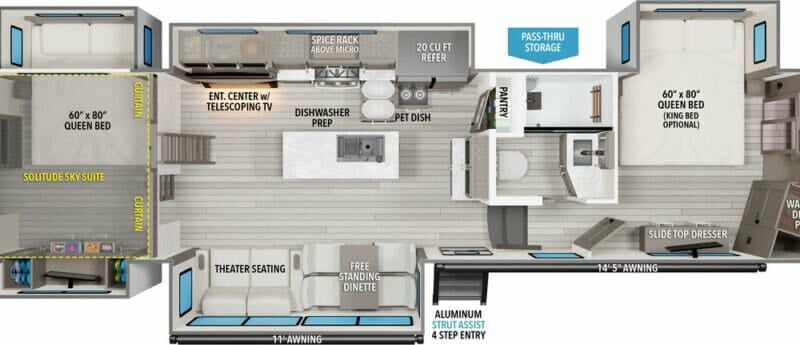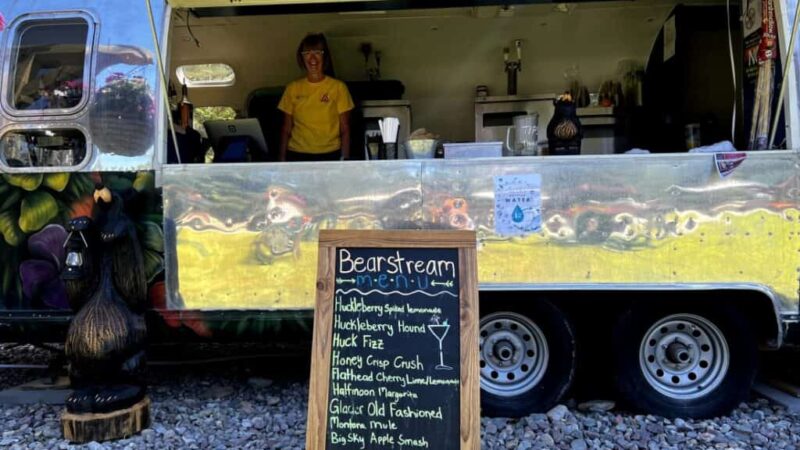Legionella Bacteria In RV Water Tanks: What You Need To Know
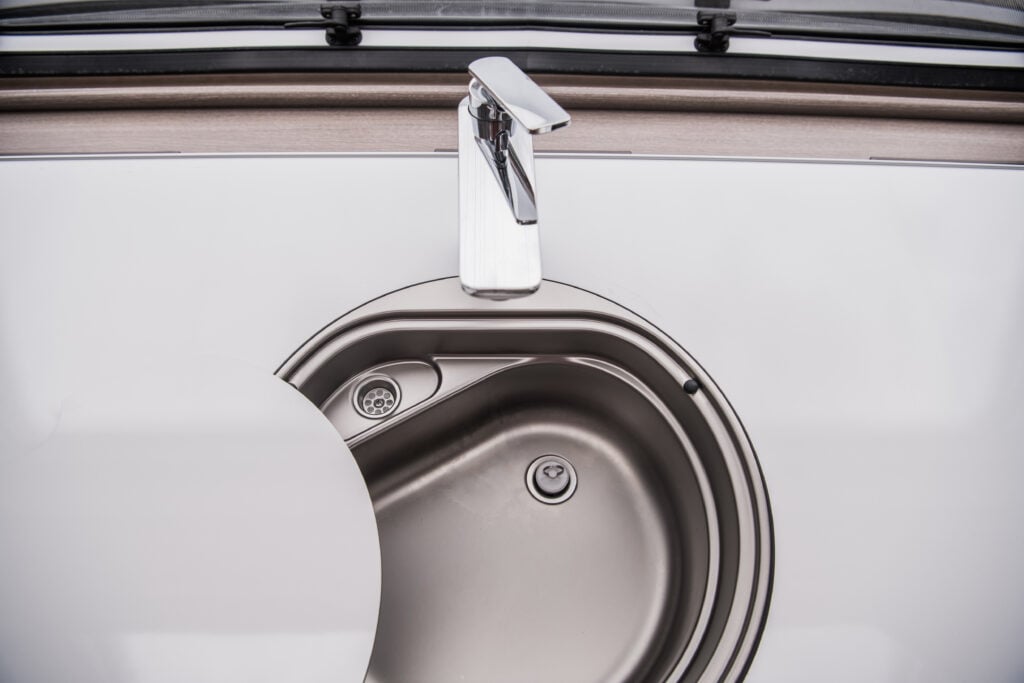
The Dangers Of Legionella Bacteria In RV Water Systems
As RVers, we rely on our water systems for cooking, cleaning, bathing, and much more. So if something goes wrong in the water tanks, it can affect the entire camper. Legionella infections are common in the United States, and they frequently affect RVers as well.
Legionella is a type of bacteria that occurs naturally in lakes, rivers, and other freshwater sources. One variant even appears in potting soil! It can contaminate human-made systems as well, including RV water tanks. If this bacteria is inhaled, it can lead to a host of respiratory issues.
Legionella is becoming a problem for more and more RVers around the country. Standard cleaning practices aren’t enough to remove it from your plumbing system, so thorough sanitization is necessary. We’ll cover everything you need to know about this bacteria, its dangers, and how to treat an outbreak.
What is Legionella
As mentioned above, Legionella is a type of bacteria. This genus is a blanket term that describes several different variants. However, they all function in a similar way.
This bacteria appears in freshwater systems and other moist environments. It can also penetrate the soil due to groundwater contamination. Infections occur when people breathe in airborne particles. This might happen if you accidentally inhale water instead of swallowing it.
Additional infection vectors include showers, splashing faucets, hot tubs, fountains, and water-based cooling systems. Gardeners and landscapers may also become infected if they come in contact with contaminated soil.
Risks for RVers
This bacteria thrives in warm, untreated water. Therefore, RVers are a high-risk population when it comes to Legionella infections.
Most vehicles are equipped with a hot water heater, which is the perfect breeding ground for this bacteria. In addition, campers regularly travel to warmer climates where they let their vehicle sit under the hot sun. If they don’t regularly clean and sanitize their water tanks, the bacteria can grow out of control.
Thousands (if not millions) of people are exposed to this bacteria every year. In 2018, the CDC attributed 10,000 hospitalizations to Legionella infections. As the RV lifestyle gains popularity, these numbers are likely to increase even further.
Dangers of Legionella
Thankfully, Legionella is not overly dangerous on its own. Large groups of people drink contaminated water or breathe in the particles with no consequences. As long as they have a decent immune system, most people will never suffer ill effects from this bacteria.
But RVs are closed environments where you could be in close contact with Legionella every day. If you get sick or are part of a high-risk group, you’re much more likely to become infected.
There are two main types of Legionella infections: Pontiac fever and Legionnaire’s disease. Medical professionals can diagnose the specific illness you have by testing blood, urine, or sputum samples.
Pontiac fever
This is a relatively minor infection that can clear up on its own within a few days. Patients develop flu-like symptoms that are acute at first but fade over the following days.
Symptoms of Pontiac fever include:
- Sore throat
- Dry cough
- Fever
- Body aches
- Fatigue
- Headaches
- Dizziness
- Upset stomach
- Diarrhea
- Chest pain
This illness generally goes away on its own within a few days. However, if you need treatment for these symptoms, doctors may prescribe antibiotics to kill the Legionella bacteria within your body.
Legionnaire’s Disease
Although Legionella is the root cause of both Pontiac fever and Legionnaire’s disease, the latter is much more serious. This respiratory disease is a form of severe pneumonia. It inflames the lungs and causes a variety of health issues.
At first, your symptoms may be similar to Pontiac fever. It’s common to experience headaches, muscle pains, and fevers. However, more serious side effects will appear if you’ve contracted Legionnaire’s disease.
Symptoms include:
- Wet, hacking coughs
- Coughing up mucus or blood
- Shortness of breath
- Chest pain
- Nausea
- Vomiting
- Diarrhea
- Confusion
If you do indeed have this disease, it’s important to seek treatment immediately. Legionnaire’s disease can lead to potentially deadly complications such as respiratory failure, septic shock, and kidney issues.
Risk factors
Fortunately, not everyone who comes into contact with Legionella becomes infected. But that doesn’t mean you can ignore the danger. There are a few high-risk groups that are more likely to contract Pontiac fever or Legionnaire’s disease.
These groups include:
- People who are 50 years old or more
- Cancer patients
- Smokers (current or former)
- People with weakened immune systems
- People with chronic lung issues, diabetes, or a history of kidney/liver failure.
If you fall under any of these categories, you should be especially mindful of the risks this bacteria poses.
Many RVers are senior citizens, so they’re inherently at higher risk of developing these issues. It’s always important to be on the lookout for Legionella outbreaks, but high-risk travelers need to be extra careful.
How to treat contaminated RV tanks
It can be hard to pinpoint the time and place where you came in contact with Legionella. It’s especially tricky because symptoms don’t appear until 2-10 days after exposure. But if you travel in an RV, there’s a decent chance that your water tanks are the problem.
This bacteria is stubborn, so you’ll need to go beyond your traditional cleaning methods to get rid of it. A 2013 study on Legionella revealed that only 60% of RVers cleaned their water tanks on a regular basis. Additionally, only one person flushed their system with chlorine bleach.
Properly cleaning and sanitizing your water system can remove existing Legionella growths and prevent future infections.
Sanitation process
Begin by emptying all your tanks at the dump station. You may want to wear a mask to reduce the risk of inhaling airborne particles.
Next, you’ll need to drain the RV water heater. Legionella thrives in warm, moist environments, so you’ll need to pay special attention to your water heater during the cleaning process.
Turn off the water heater and let it cool down. Next, open the petcock at the bottom and the plug at the top. All the water should drain out once you do this. Close everything up once you’re finished so you can refill it with clean water.
Now you need to fill your RV tanks with a mixture of water and chlorine bleach. A good rule of thumb is to add 1/4 cup bleach for every 15 gallons of fresh water. Once your tanks are full of this mixture, run all the faucets around your RV. Shut them off once you can smell bleach.
Let everything sit for 24 hours. You might want to drive your RV around during this period so the clean water can slosh around. Once the waiting period is up, you can drain the entire system again (including the water heater).
Refill the tanks with pure water and run it through your faucets until all the bleach is gone. You may need to repeat this process a few more times to get rid of any lingering traces.
Stay on top of your RV maintenance
Legionella poses a serious danger to RVers. Sanitation should be a regular part of your RV maintenance for a variety of reasons, but especially if you’re concerned about bacterial growth.
Seek medical treatment if you begin to develop symptoms of Pontiac fever or Legionnaire’s disease. They may go away on their own, but they can also become life-threatening. Cleaning and sanitizing your RV water system is your best defense against this persistent bacteria.
Make sure you keep track of all your RV maintenance and repairs with an online tool such as RV LIFE Maintenance. Not only can you keep all of your documents in one place, but you’ll also receive timely reminders when maintenance is due to help you avoid costly repairs and potentially serious accidents.
Related articles:
- 5 Steps For Drinking From Your RV Fresh Water Tank
- What Is The Best RV Water Hose?
- An Easy Way To Clean RV Holding Tanks
The post Legionella Bacteria In RV Water Tanks: What You Need To Know appeared first on RV LIFE.
Source: https://rvlife.com/legionella-bacteria-in-rv-water-systems/


